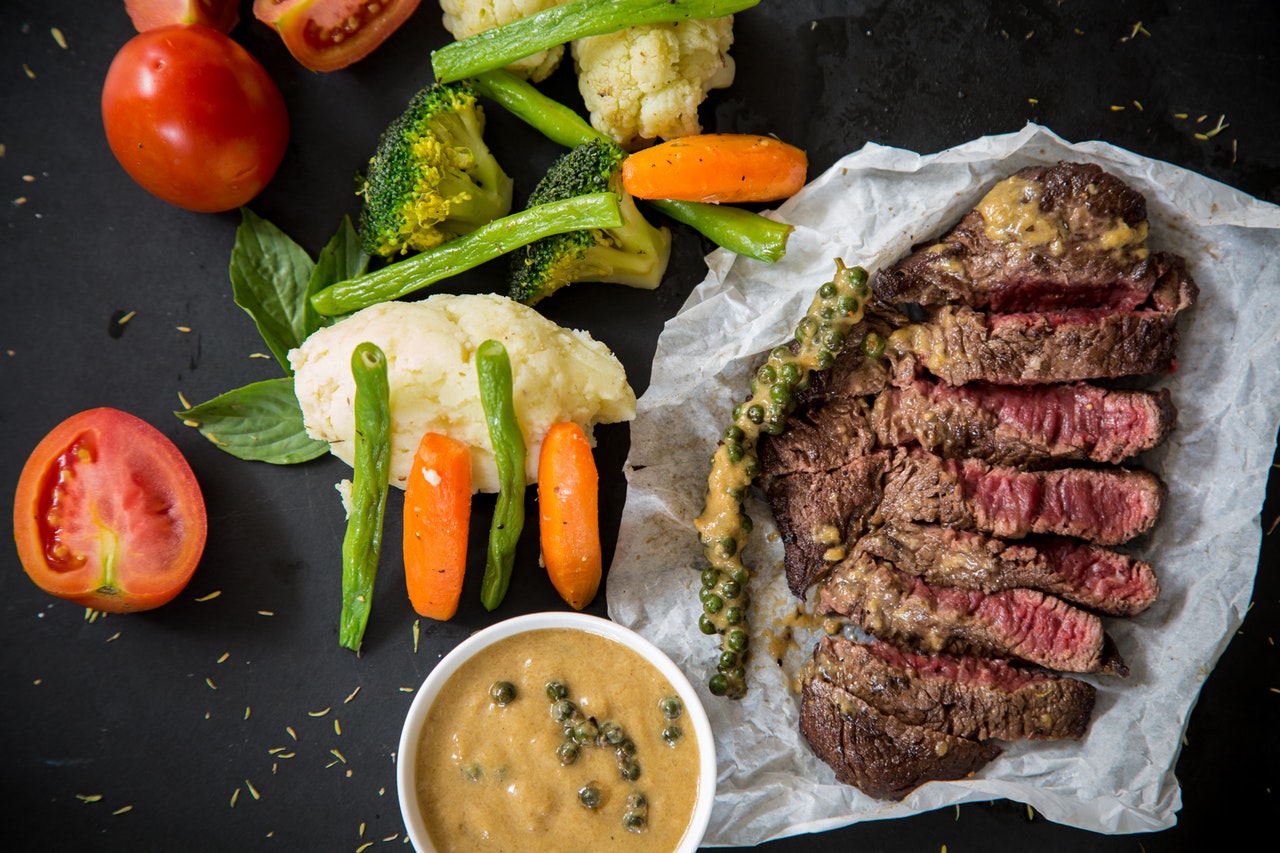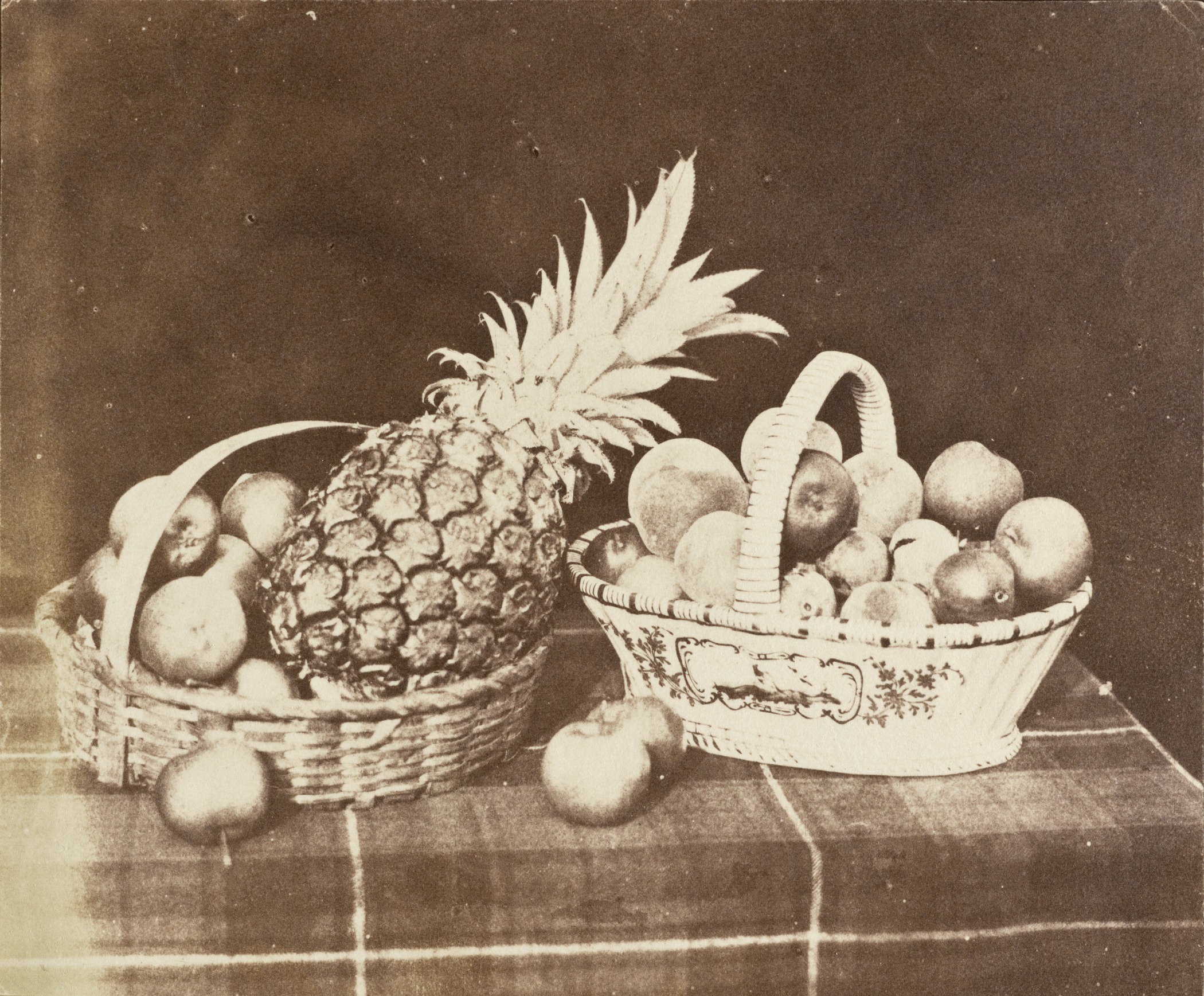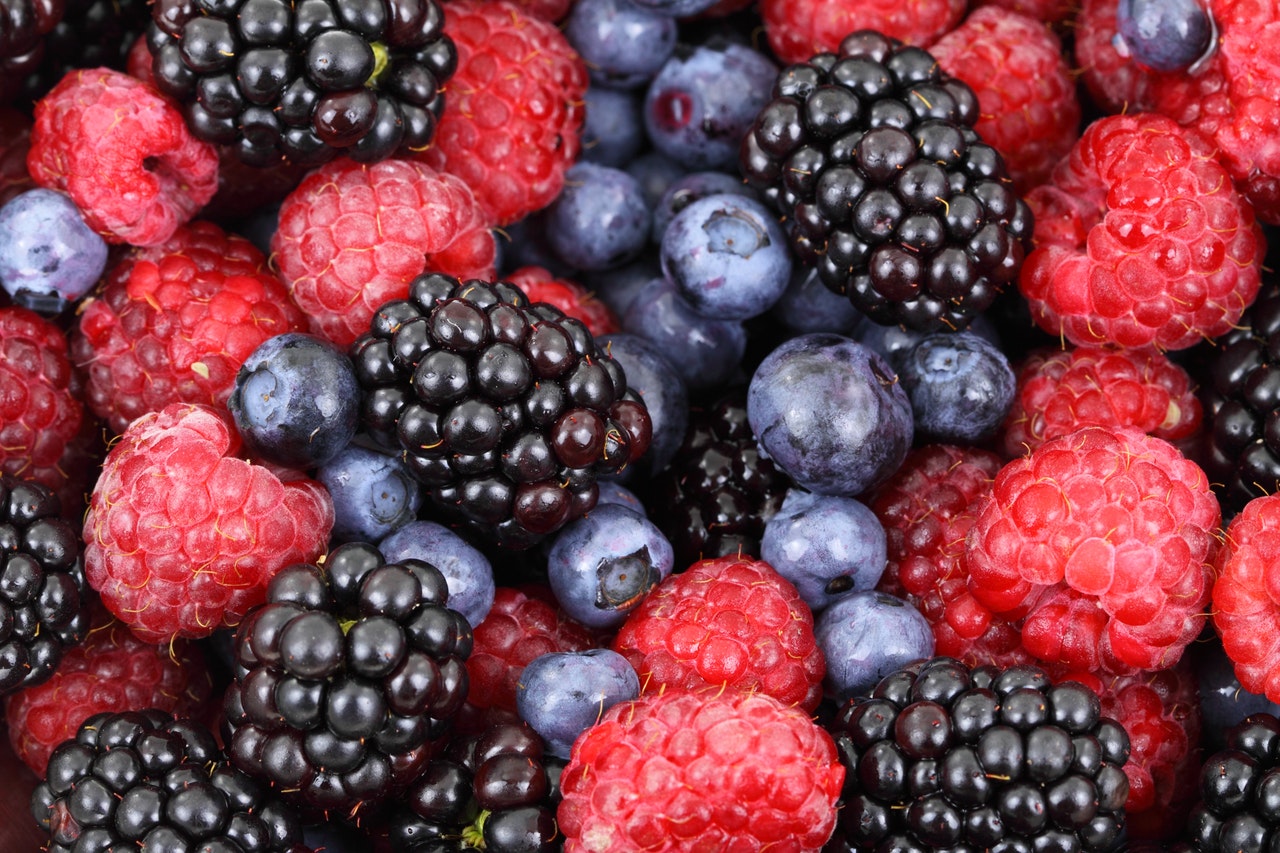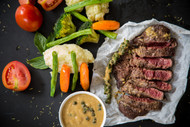Strike a Pose: Food Photography and Styling
By on May 30 2018

In a world of social media and advertising, looks are everything— and I'm not just talking about people here. The way our food looks is super important. If it doesn't appear fresh, we're probably not going to want it.
Food Photography and Styling, as an industry, has a really interesting history, and some of the facts behind your favorite food ads are based in the petroleum industry.
Where Did Food Photography Begin?
It all started in the 1800s— back then, photography was just taking off and a shift from still life paintings began a cultural movement. During the 16-17th centuries, still life paintings of food depicted it as beautiful and natural. These paintings really set the tone for the industry. For example, even the food was styled at this time. Artists considered things like lighting and color when painting, as reflected by the finished product.
The industry really began booming in the 19th century when photography took over. Photos of food began to appear in cookbooks and people simply loved it. One of the first photos of food as the focal point was taken by William Henry Fox Talbot of fruit in a basket:

However, as photography techniques and technology developed, color changed everything in the 1930s. Harsh lights meant that other measures were needed to keep up appearances, so techniques changed. The goal, after all, is to make food look appealing— to sell food— not to make food.
How it's Done: Petroleum Products Make for Perfect Food Photos
Techniques including hair spraying/varnishing food and using soap bubbles in place of foam in beer made everything look appealing and last the length of a photo shoot. These over-the-top methods resulted in almost inedible-looking food in the beginning, but was common practice for quite some time, and still is used (to a degree) today.
The marble soup ad was a key turning point in the industry. In 1968, the U.S. Federal Trade Commission made some then-common practices illegal after discovering that advertisers placed marbles at the bottom of a soup bowl to keep the veggies at the top. This was essentially false advertising —and led to some major shifts in the food photography world.

Still, lipstick is sometimes used on berries to cover up imperfections in color. Gel, plastic, or acrylic are used in place of ice cubes, the later of which will melt under the hot studio lights. Also, those frosted glasses that make drinks look oh-so-refreshing? They are sometimes sprayed with deodorant, and the drinks themselves are usually just made with food coloring in water. Why waste a good drink if you're going to spray it with deodorant?
Glue is often used for placing seeds on a hamburger bun and motor oil can be used in place of pancake syrup. Cardboard is used to prop up things like pancakes and burgers, while chicken is sprayed with various liquids (like water and food coloring) to make the skin look perfectly crisp, but it stays raw on the inside. Hair products that contain petroleum jelly are sometimes used in place of milk because it doesn't make the cereal soggy. Oh, and WD-40 is sometimes used to make food shine.
Food Bloggers Changed the Game
Food blogging and social media brought a whole new energy to the field. It became more accessible to plenty of people, and blogs and social accounts are dedicated to it today. I follow a good amount myself! Because of this, many publications do photograph actual food with no gimmicks. In a world of people replicating recipes and posting their disappointment when it doesn't turn out picture-perfect, a lot of food stylists have moved away from these methods. Instead, many of these practices are seen on big and small screen sets because the environment is so different— the food needs to look good for longer amounts of time. As always, there exceptions to this and, well, everything.

Personally, I think all of this makes the work of our favorite Instagram food accounts that much more impressive. While we can't prove that they aren't using these methods in their photos, it's highly unlikely. What we're (probably) seeing is true beauty, with a simple filter added ... sometimes. On the other hand, while some food photos are staged and primped to look perfect still, the industry has come a long way to more accurately represent the food we know and love.
Sources:
http://thefoodiebugle.com/article/food-photography/history-of-food-photography
https://www.artsy.net/article/artsy-editorial-food-photography-start-instagram-170-year-history
https://www.newyorker.com/culture/photo-booth/a-feast-of-historic-food-photography
https://www.bonappetit.com/entertaining-style/article/food-styling https://www.rd.com/food/fun/food-stylist-secrets/






